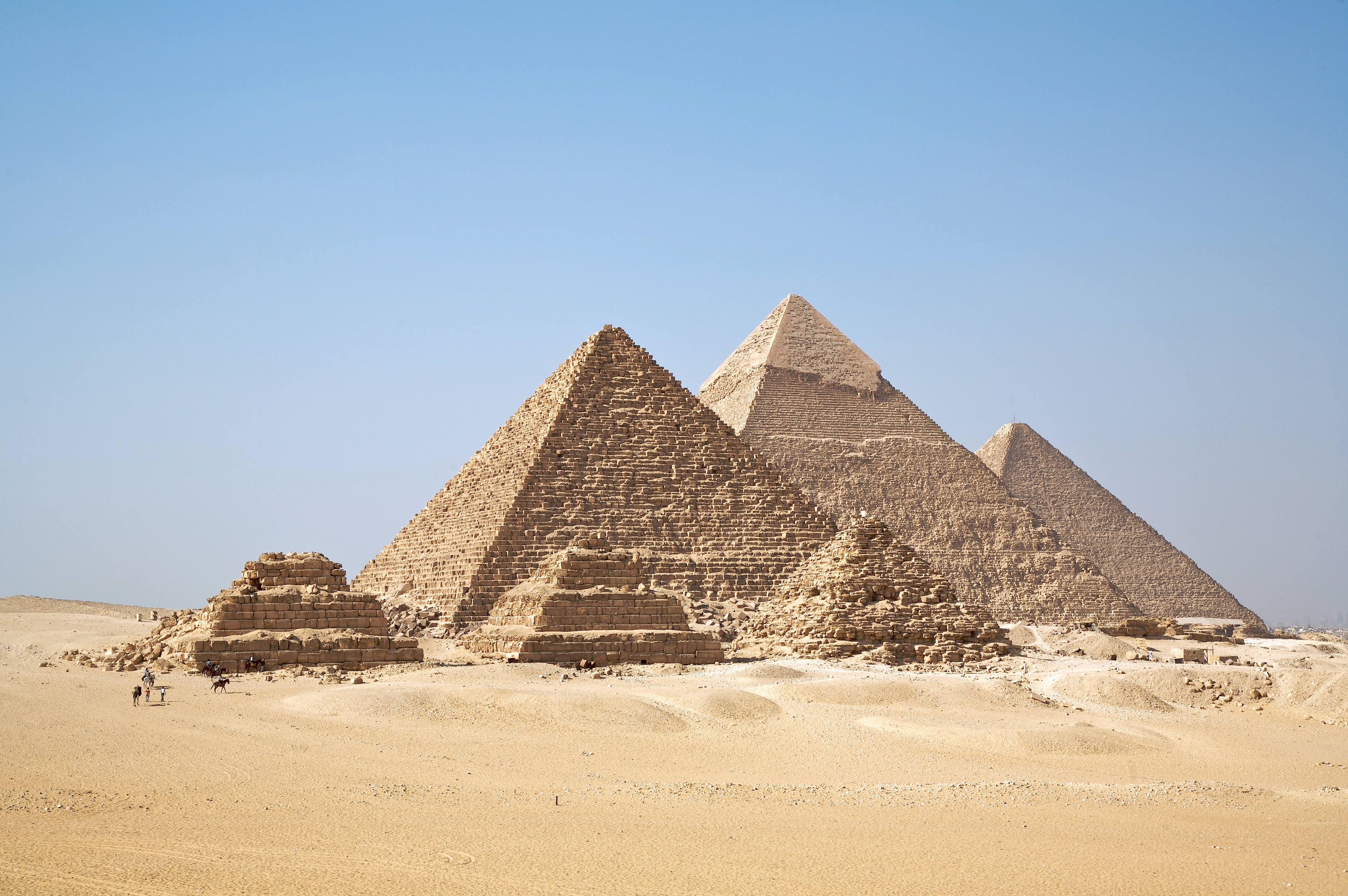
If the mysteries of the Great Pyramid of Giza are ever completely solved, we may have a tiny robot to thank. That’s because scientists are currently developing a miniature flying robot designed to survey the unexplored realms inside the ancient Egyptian pyramids.
It sounds like science fiction: Archaeologists would drill a tiny hole—no bigger than an inch-and-a-half around—into walls that seal off chambers inside the ancient tombs. Through that opening, they would insert the tiny robot, a blimp-like drone capable of unfolding and inflating in order to explore the previously inaccessible spaces within.
That technology could soon be a reality, thanks to the work of research institutions Inria and the French National Center for Scientific Research, as well as ScanPyramids, which recently detected a previously unknown empty space within the Great Pyramid through the use of muon imaging.
“The main challenge is to insert a complete exploration robot in a hole that is as small as possible,” Jean-Baptiste Mouret, a senior researcher at Inria, told Digital Trends. “It is important to use a hole as small as possible because we want to leave as few traces as we can. This what we call ‘minimally invasive robotics.’ We chose a diameter of 1.5 inches because it is a good trade-off between the size of the hole, the kind of machines that can bore holes, and the current robotics technologies.”
This blimp robot could help explore hidden chambers in the Egyptian pyramids. Rendering courtesy of Inria.
After exploring the hidden space and sending back data, the robot would deflate and exit the chamber—the idea is not to leave any modern technology inside an ancient site.
In addition to being able to squeeze through tiny spaces, the exploration robot is more versatile than a wheeled or legged model. It can survey a space from multiple vantage points to provide more complete information, and it is less likely to damage ancient artifacts by bumping into them. It will be equipped, of course, with lights, a high-definition camera, and other data-collecting devices. It is remote controlled by radio but will have an automated backup system.
This blimp robot could help explore hidden chambers in the Egyptian pyramids. Rendering courtesy of Inria.
The development of the robot is ongoing, and there is no projected completion date. Building something this mobile and light is a considerable challenge, involving 3-D printing technology. Should the project be a success, however, it could have any number of uses.
“The most exciting place would obviously be the Great Pyramid, in which the ScanPyramids mission recently discovered at least three important voids using cosmic-ray muon detectors,” Mouret told IEEE Spectrum.
This camera robot, attached to a blimp robot, could help explore hidden chambers in the Egyptian pyramids. Rendering courtesy of Inria.
Another tantalizing prospect would be King Tut’s tomb, where researchers believe a sealed-off room could possibly be the final resting place of the boy king’s stepmother, the famed Nefertiti. (Non-antiquities-related applications could include routine monitoring of nuclear sites and emergency response to building collapses during disasters.)
As for its original mission, it may be some time before the robot finally flies through dark corners of the pyramids; the Egyptian Ministry of Antiquity would have to sign off on any robotic exploration of the ancient tombs.
See a video of how the tiny robot would work: